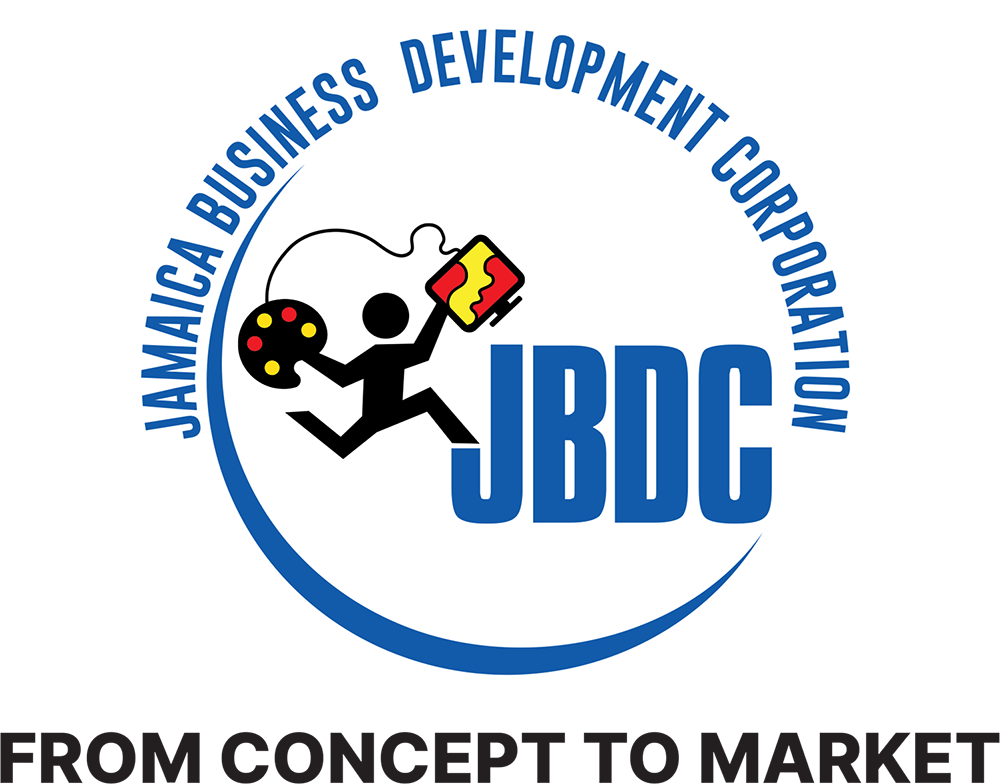Kingston, Jamaica – ‘Modernising Traditional Jamaican Craft’ was the topic up for discussion at the Jamaica Business Development Corporation’s (JBDC’s) Virtual Biz Zone Webinar recently. The economic value of the Cultural & Creative Industries (CCIs), within which the craft industry falls, has been up for debate by stakeholders. However, Laura Jones, Senior Lecturer at the Edna Manley College of Visual and Performing Arts (EMCVPA), while speaking to producers in Jamaica’s craft industry, raised the question, “How do we innovate and remain competitive?”
According to the Creative Economy 2022 Report, “The global exports of creative goods represented US$524 million in 2020, while world exports of creative services reached US$1.1 trillion.” Jamaican craft entrepreneurs can benefit from the global demand for these creative goods.
Investing in Technology
With Jamaica, “Still in its developing stage of craft production when compared to Africa, Japan, India and some parts of Latin America”, the Lecturer says she has told craft producers, “We have to invest in tools that improve efficiency and enable production and this doesn’t mean that it always has to be high-tech. Bamboo is one of our traditional materials we use, but we can no longer be using cutlass. We have to find other tools to help refine the objects that we make.”
“It’s not enough to just be creative or just want to make things. We also have to streamline our product offerings. Sometimes we do too much; too much can confuse our customers. Start to focus on the things we do best,” she added, directing creatives to discover their niche and perfect it.
Collaboration
Jones raised the issue of Jamaican craft entrepreneurs refusing to work together, “If we are going to remain in the game we have to learn to collaborate. We have to shed the idea that everybody is going to steal my idea so I won’t share with anybody”.
Instead, she is urging craft producers to collaborate to set trends, “You are a creative, so you are the trendsetter. So as the trendsetter, your focus should be always reinventing something; always a step ahead of the competition…that’s part of creativity.”
IP Monetisation
However, the creative expert is encouraging other creatives to utilise Intellectual Property (IP) registration to not only protect their creations but to reap monetary rewards, “Even with the conversation about IP registration, that is very important, but if it is you are not monetising that IP asset why do an IP registration?”
The World Intellectual Property Organisation (WIPO), defines IP as, “Creations of the mind, such as inventions; literary and artistic works; designs; and symbols, names and images used in commerce.”
“The point of IP registration is to monetise. So, you are protecting your asset because you want to be able to gain as much from that asset, before that IP expires. If you are only seeking to protect your ideas because you can create ideas, and you go to JIPO only to protect those ideas, then you are not being business savvy”, Jones continued.
IP plays an integral role in maintaining the competitiveness of Jamaica’s CCIs, while positioning Jamaica’s creatives as pioneers in the global space.
Create An Experience
To increase their selling power, Jones says it’s not enough to just create, “Move from just creating a product, to creating an experience. More customers are buying into the experience that you have; the experience you may have with this maker; the experience you may have with this retail space. We are not just selling a product anymore; we are selling experiences.”
Seek Assistance
“If you can’t do it by yourself, get help”, she said, while answering the question of how entrepreneurs can innovate and remain competitive, “There are agencies like JBDC that are there to assist individuals, makers in the sector – utilise it”.
The JBDC, with the mandate of driving entrepreneurial success, is committed to identifying opportunities for MSMEs in the CCIs. The Agency offers business development, product development and technical assistance services that stimulate growth and build the capacity of MSMEs.
The Lecturer encouraged craft entrepreneurs to apply the nine pillars of the business model canvas to their craft operations to see their business move to the next level. These include defining your customer segment; defining their value proposition; defining strategies for getting customers, keeping them, growing them; detailing resources; how you get products to customers; identifying key partnerships that need to be established; identifying all costs; and understanding how you make money.
Entrepreneurs may join the Virtual Biz Zone Webinar every other Tuesday at 10am on the Zoom platform. Visit www.jbdc.net to register. JBDC is an agency of the Ministry of Industry, Investment & Commerce (MIIC).
-END-
Author











